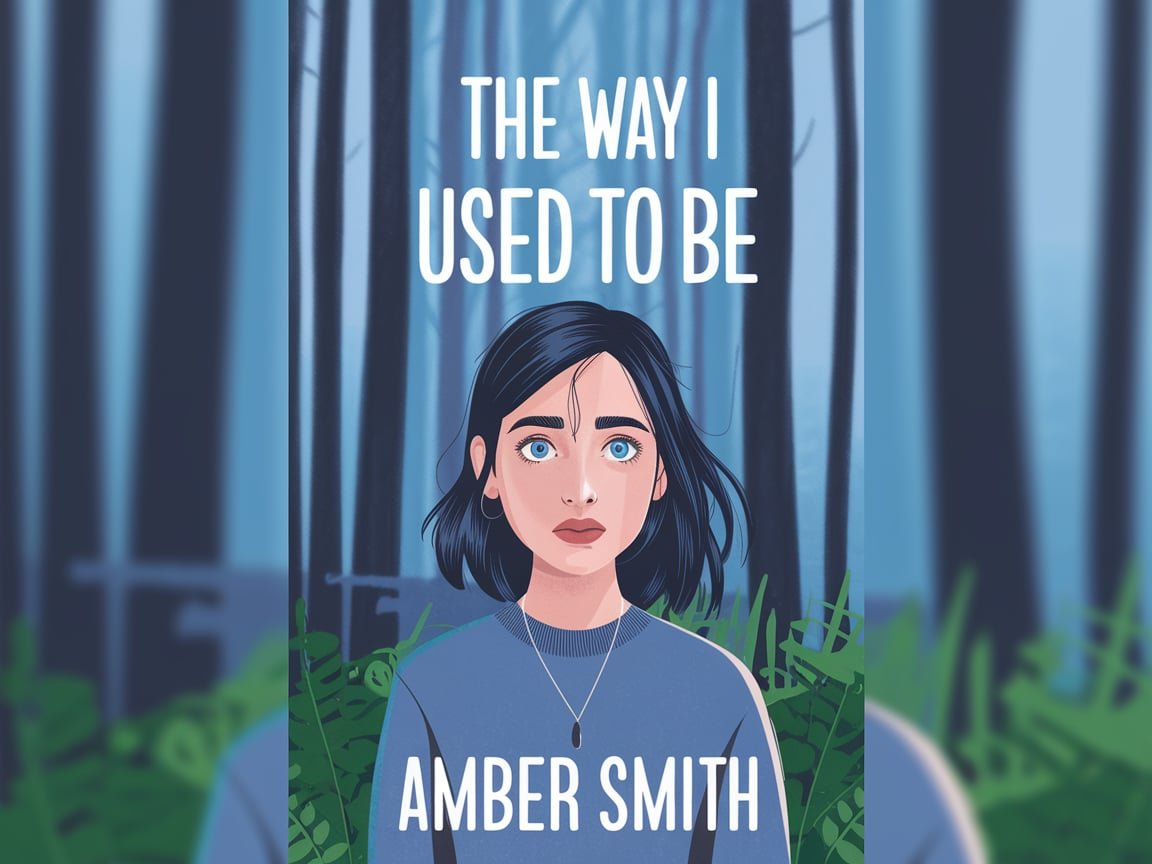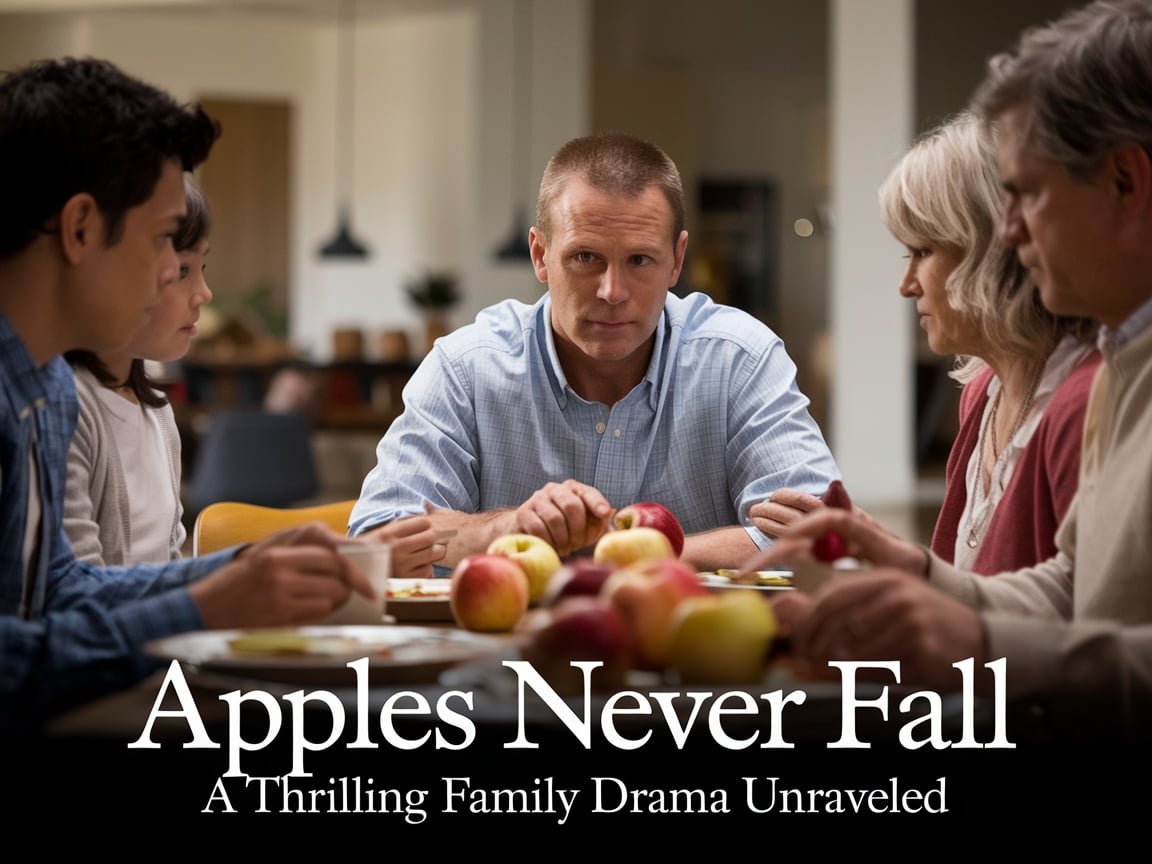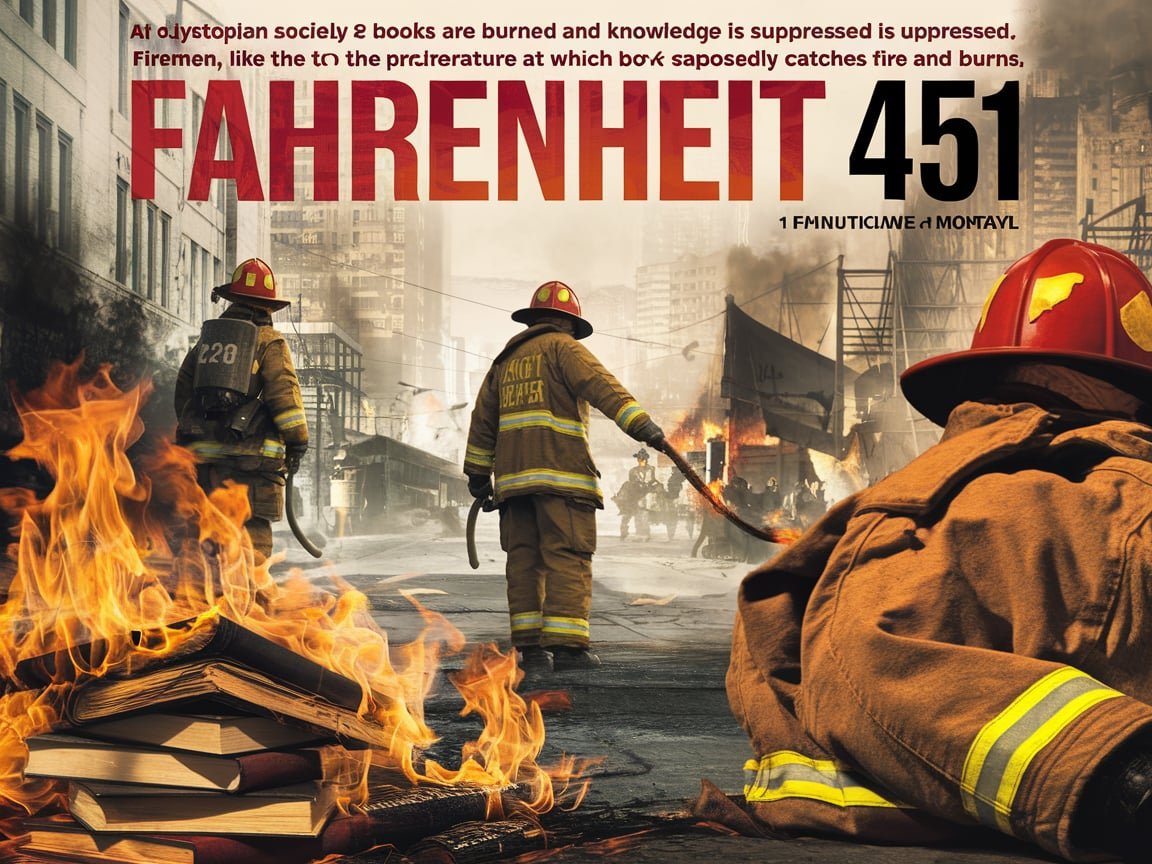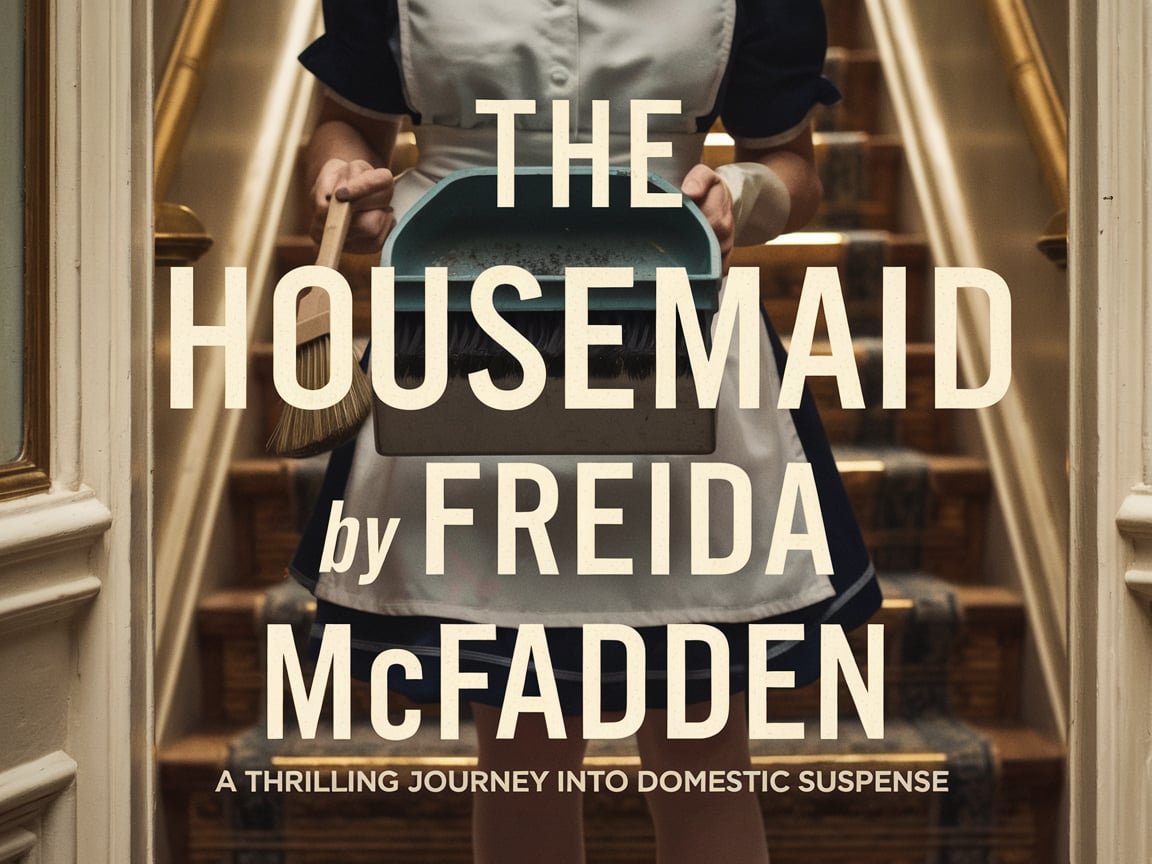In the landscape of young adult literature, few books tackle difficult subjects with the raw honesty and emotional depth of Amber Smith‘s “The Way I Used to Be.” Published in 2016, this haunting novel has left an indelible mark on readers and critics alike, sparking important conversations about trauma, resilience, and the healing journey. In this comprehensive blog post, we’ll explore the impact of Smith’s groundbreaking work, its themes, critical reception, and its place in the broader context of YA literature.
About the Author and Book
Amber Smith, a former high school teacher turned author, drew from her experiences working with young people to craft a narrative that resonates deeply with readers of all ages. “The Way I Used to Be” is her debut novel, and its success has established Smith as a powerful voice in contemporary YA fiction.
The book follows the story of Eden, a high school freshman whose life is irrevocably changed after a traumatic assault. Spanning four years, the novel chronicles Eden’s journey as she grapples with the aftermath of her experience, exploring themes of identity, trust, and the long road to recovery.
Key Themes Explored
The Impact of Trauma
At its core, “The Way I Used to Be” is an unflinching examination of trauma’s far-reaching effects. Smith doesn’t shy away from depicting the complex and often contradictory ways in which trauma manifests in a young person’s life. Through Eden’s experiences, readers witness the profound impact of the assault on her sense of self, her relationships, and her worldview.
The Mask of Normalcy
One of the most poignant aspects of the novel is its portrayal of the disconnect between Eden’s internal struggle and her outward appearance. Smith masterfully illustrates how survivors often feel pressured to maintain a façade of normalcy, even as they’re grappling with intense emotional turmoil beneath the surface.
The Complexity of Healing
Smith doesn’t offer easy solutions or a linear path to recovery. Instead, she presents healing as a messy, non-linear process filled with setbacks and small victories. This realistic portrayal resonates with readers who have experienced trauma and provides insight for those seeking to understand and support survivors.
The Power of Voice
As Eden navigates her high school years, she struggles to find her voice and speak her truth. The novel explores the challenges of breaking silence and the transformative power of self-expression, even when it’s difficult or painful.

Critical Reception and Reader Responses
“The Way I Used to Be” has received widespread acclaim for its honest and nuanced portrayal of a difficult subject. Critics have praised Smith’s writing style, which manages to be both lyrical and brutally honest, capturing the intensity of teenage emotions while tackling weighty themes.
Many reviewers have highlighted the book’s importance in addressing sexual assault and its aftermath, particularly in the context of young adult literature. The novel has been commended for its realistic portrayal of trauma and its resistance to oversimplification or easy resolutions.
Readers, particularly young adults, have responded powerfully to Eden’s story. Many have found solace and validation in seeing their experiences reflected on the page. The book has sparked important discussions about consent, support for survivors, and the need for open dialogue about sexual assault.
“The Way I Used to Be” in the Context of YA Literature
Smith’s novel is part of a growing trend in YA literature that addresses complex and difficult topics head-on. Alongside books like Laurie Halse Anderson’s “Speak” and Courtney Summers’ “Sadie,” “The Way I Used to Be” contributes to an important body of work that refuses to shy away from the harsh realities many young people face.
These books serve multiple crucial functions:
- They provide representation and validation for readers who have experienced trauma.
- They foster empathy and understanding in readers who haven’t had these experiences.
- They open up dialogue about difficult topics, potentially making it easier for young people to seek help or support others.
- They challenge societal norms and misconceptions about sexual assault and its impact.
By addressing these issues in literature aimed at young adults, authors like Smith are helping to break down stigma and silence surrounding trauma and assault.
The Book’s Structure and Literary Merits
“The Way I Used to Be” is structured in four parts, each corresponding to a year of Eden’s high school experience. This chronological approach allows readers to witness Eden’s evolution over time, providing a longitudinal view of trauma’s impact and the gradual process of healing.
Smith’s prose is often described as lyrical and emotionally charged. She employs various literary techniques to convey Eden’s state of mind:
- Stream-of-consciousness passages that mimic the chaotic thoughts of a trauma survivor
- Vivid sensory details that ground the reader in Eden’s experiences
- Metaphorical language that captures complex emotional states
- Dialogue that reveals the subtleties of human interaction and the things left unsaid
These elements combine to create a reading experience that is both aesthetically rich and emotionally impactful.

Discussing “The Way I Used to Be” in Book Clubs and Classrooms
Given its sensitive subject matter, “The Way I Used to Be” requires careful handling in group discussions. Here are some tips for approaching the book in book clubs or classroom settings:
- Establish a safe space: Before beginning discussions, set ground rules that emphasize respect, confidentiality, and the option to step away if needed.
- Provide content warnings: Ensure that participants are aware of the book’s themes and potential triggers before starting.
- Focus on broader themes: While the assault is central to the story, discussions can also explore themes of identity, friendship, family dynamics, and personal growth.
- Encourage critical thinking: Prompt readers to analyze Smith’s narrative choices, character development, and the societal issues the book addresses.
- Offer resources: Provide information about support services for those who might need them.
- Explore comparisons: Consider discussing the book alongside other works that address similar themes, examining different approaches to tackling difficult subjects in literature.
The Impact of “The Way I Used to Be” on Readers and Society
Since its publication, “The Way I Used to Be” has had a significant impact on both individual readers and broader societal conversations. Many readers have reported that the book helped them process their own experiences or better understand loved ones who have experienced trauma.
The novel has also contributed to ongoing discussions about consent, rape culture, and the importance of believing and supporting survivors. By presenting a nuanced portrayal of a survivor’s experience, Smith’s work challenges simplistic narratives and encourages a more compassionate and informed approach to these issues.
In schools and libraries, the book has sometimes faced challenges due to its content. However, many educators and librarians have defended its importance, arguing that it provides a valuable resource for young people navigating difficult realities.

Similar Recommended Reads
For readers who connected with “The Way I Used to Be,” here are some other YA novels that explore similar themes with sensitivity and depth:
- “Speak” by Laurie Halse Anderson
- “Girl Made of Stars” by Ashley Herring Blake
- “All the Rage” by Courtney Summers
- “Asking for It” by Louise O’Neill
- “Exit, Pursued by a Bear” by E.K. Johnston
These books, like Smith’s work, contribute to an important dialogue about trauma, resilience, and the complexities of healing.
Conclusion: The Lasting Impact of “The Way I Used to Be”
Amber Smith’s “The Way I Used to Be” stands as a testament to the power of young adult literature to address difficult subjects with honesty, complexity, and compassion. Through Eden’s story, readers are invited to confront uncomfortable truths about trauma and its aftermath, while also finding hope in the possibility of healing and growth.
The novel’s impact extends beyond its pages, sparking important conversations, challenging societal norms, and providing a voice for those who have often felt silenced. As we continue to grapple with issues of sexual assault and trauma in our society, books like “The Way I Used to Be” play a crucial role in fostering understanding, empathy, and change.
For readers, educators, and anyone interested in the power of literature to address real-world issues, “The Way I Used to Be” offers a profound and unforgettable reading experience. It reminds us of the healing power of storytelling and the importance of bearing witness to each other’s experiences, no matter how difficult they may be.





